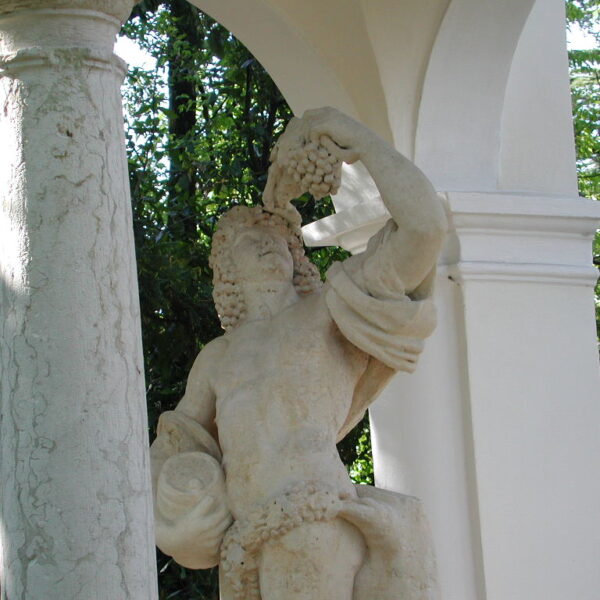Workshops General Archive
-
To understand two basic nonperturbative features of Quantum Chromodynamics -- confinement and chiral symmetry breaking -- remains a challenge, in spite of decades of investigations and detailed numerical simulations on the lattice.More info
-
The formalism of transverse momentum distributions and generalized parton distributions provide a framework for the three-dimensional imaging of the nucleon and nucleus experimentally using deeply virtual semi-exclusive and exclusive processes.More info
-
The workshop “Three-Body Systems in Reactions with Rare Isotopes” aims at gathering top-class scientists working on the field of reactions with radioactive nuclear beams.More info
-
The aim of the meeting is to present and discuss the new results from the LHC related to QCD, namely on forward physics and diffraction and the study of heavy ion runs (ion-ion and proton-ion) at the LHC. The relation with cosmic ray physics will be also developed. The timing of the workshop (after Summer 2016) will be particularly well suited with respect to the LHC schedule, since many results at the new energy of 13 TeV will appear towards this time and will be ready to be discussed.More info
-
The purpose of the workshop is to discuss the fundamental issues related to protonneutron pairing and alpha-type correlations in nuclei from the perspective of the most recent studies.More info
-
The workshop “Testing the limitations of the quantum superposition principle in nuclear, atomic and optomechanical systems”, will bring together world-leading experts working on the exploration of the boundaries of quantum theory in various systems (nuclear, atomic, optical, and optomechanical ones), and interested in ascertaining its validity at macroscopic scales.More info
-
The purpose of this workshop is to review future directions in searches for physics beyond the Standard Model and novel probes of nucleon structure using parity-violating electron scattering.More info
-
An explanation has long been lacking for the apparent dominance of baryons over antibaryons in the Universe. In a groundbreaking paper, Sakharov proposed that the asymmetry is due to particle physics in the early Universe, and characterized the ingredients required for successful baryogenesis: Not only must sufficient B and CP violation exist to make baryogenesis possible, but also required is a departure from thermal equilibrium during a relevant period of the Universe's history.More info
-
Recently there has been a renaissance in the study of statistical reactions involving various experimental probes, showing in many cases behavior in violation of long-held tenets of the theory.More info
-
We propose a workshop to review the status of and stimulate progress in resolving the proton radius puzzle", the disagreement between measurements of the proton radius using ep and p systems.More info
